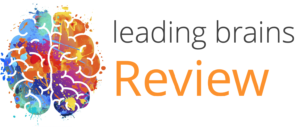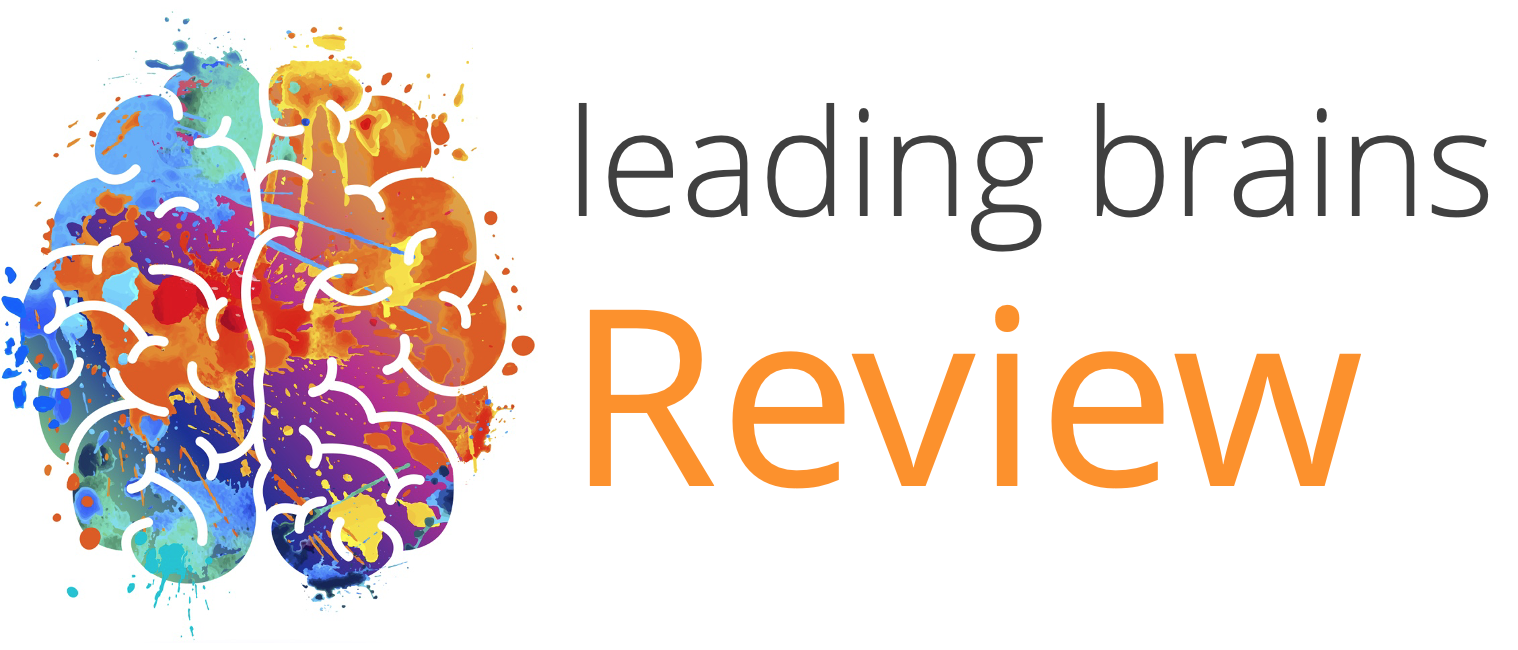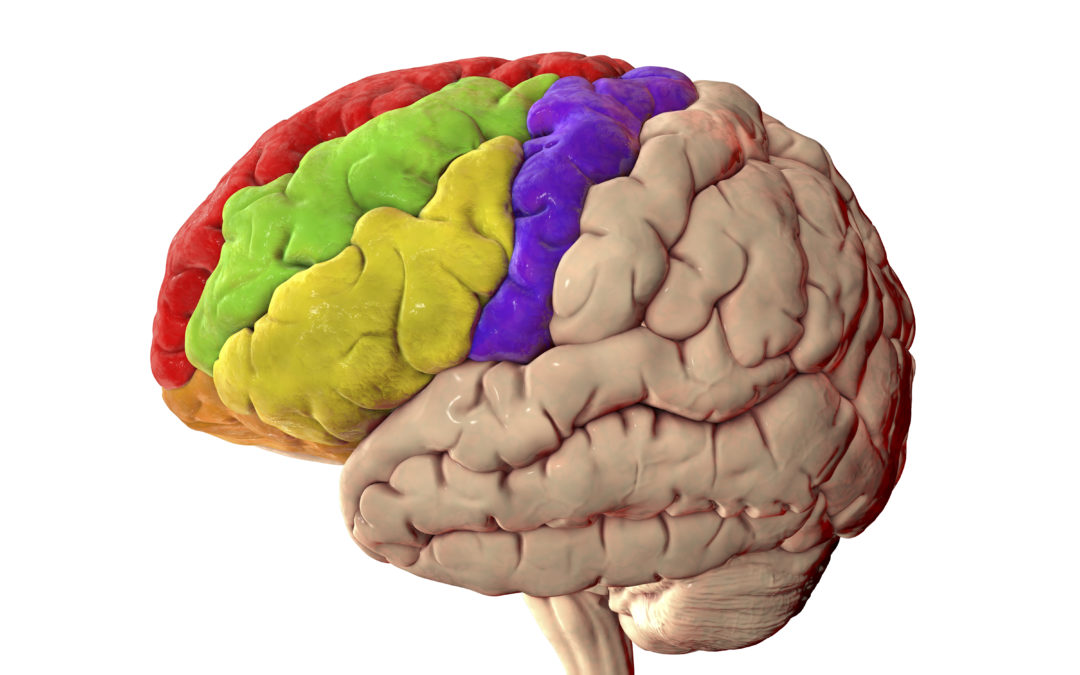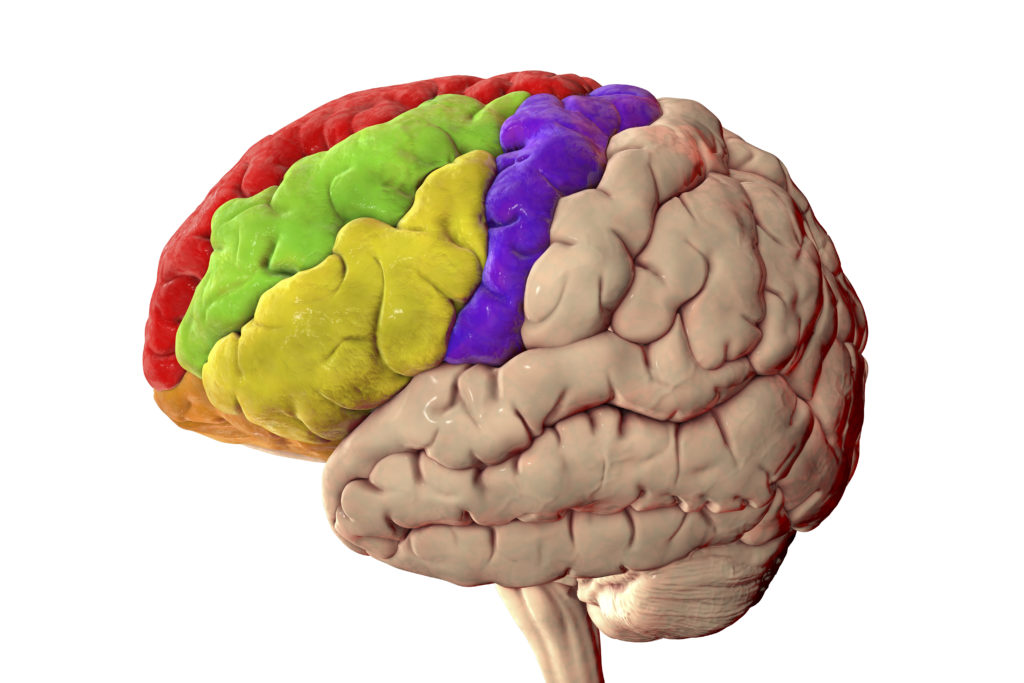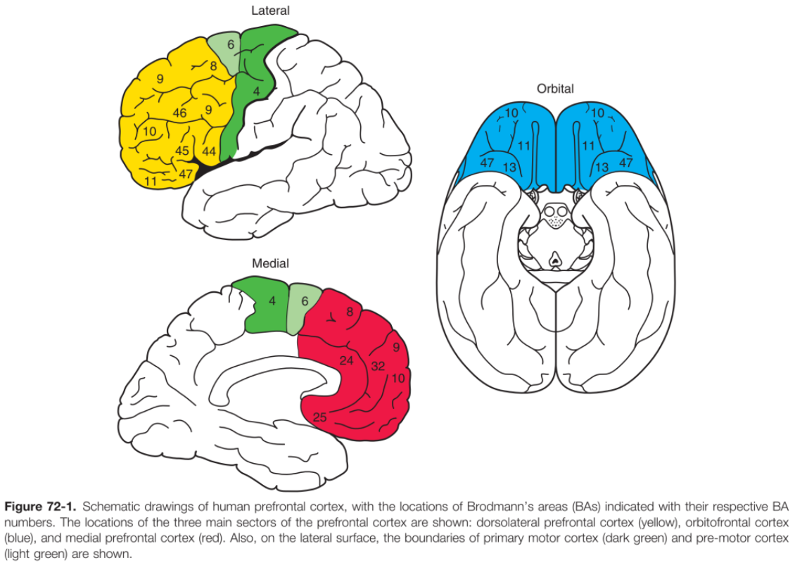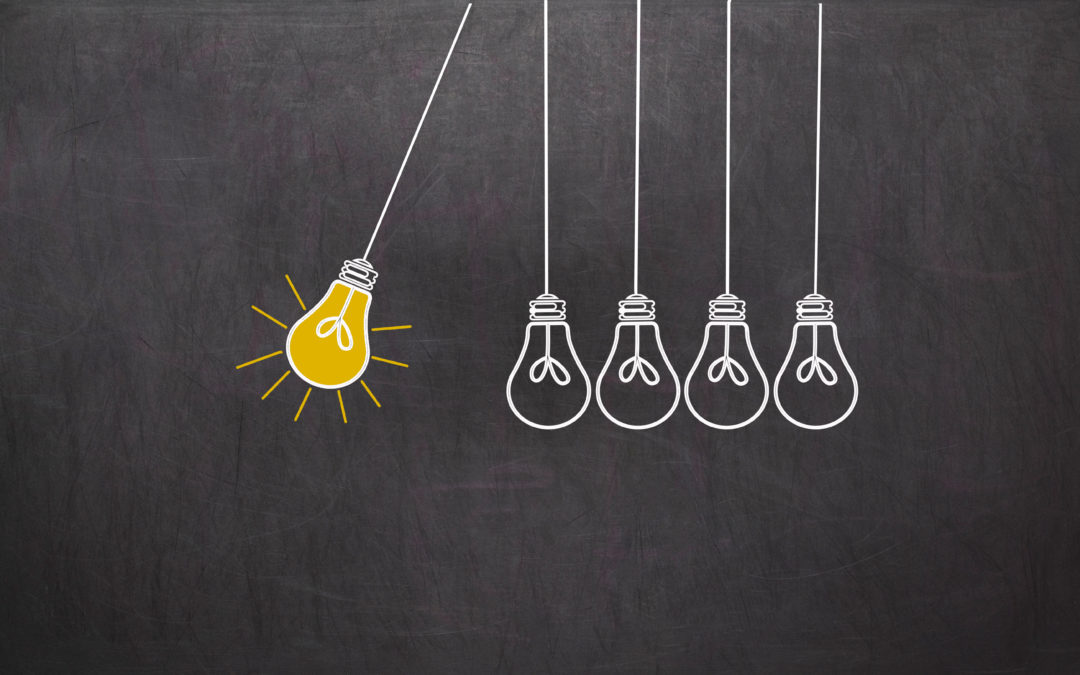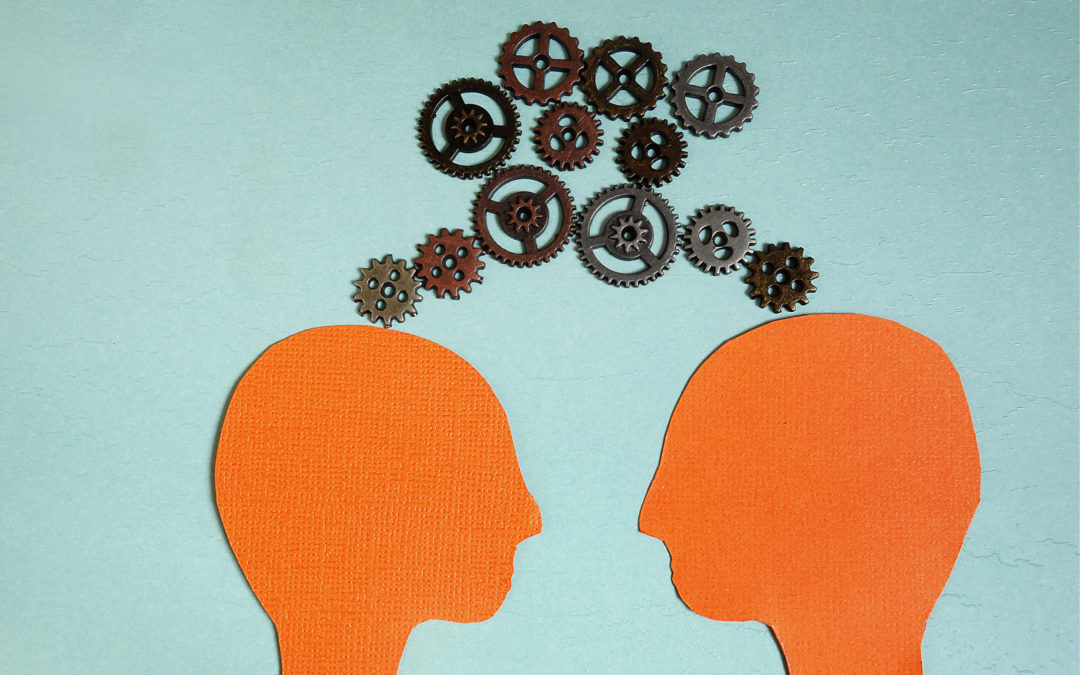References
Bang, D., and Fleming, S. M. (2018). Distinct encoding of decision confidence in human medial prefrontal cortex. Proc. Natl. Acad. Sci. U. S. A. 115. doi:10.1073/pnas.1800795115.
Bechara, A. (2000). Characterization of the decision-making deficit of patients with ventromedial prefrontal cortex lesions. Brain 123, 2189–2202. doi:10.1093/brain/123.11.2189.
Bicks, L. K., Koike, H., Akbarian, S., and Morishita, H. (2015). Prefrontal cortex and social cognition in mouse and man. Front. Psychol. 6. doi:10.3389/fpsyg.2015.01805.
Carlén, M. (2017). What constitutes the prefrontal cortex? Science (80-. ). 358. doi:10.1126/science.aan8868.
Dolan, R. J. (2007). The human amygdala and orbital prefrontal cortex in behavioural regulation. Philos. Trans. R. Soc. London – Ser. B Biol. Sci. 362, 787–99. doi:10.1098/rstb.2007.2088.
Donahue, C. J., Glasser, M. F., Preuss, T. M., Rilling, J. K., and Van Essen, D. C. (2018). Quantitative assessment of prefrontal cortex in humans relative to nonhuman primates. Proc. Natl. Acad. Sci. U. S. A. 115. doi:10.1073/pnas.1721653115.
Duverne, S., and Koechlin, E. (2017). Rewards and Cognitive Control in the Human Prefrontal Cortex. Cereb. Cortex 27. doi:10.1093/cercor/bhx210.
Dux, P. E., Tombu, M. N., Harrison, S., Rogers, B. P., Tong, F., and Marois, R. (2009). Training improves multitasking performance by increasing the speed of information processing in human prefrontal cortex. Neuron 63, 127–138.
Holt, D. J., Öngür, D., Wright, C. I., Dickerson, B. C., and Rauch, S. L. (2008). “Neuroanatomical Systems Relevant to Neuropsychiatric Disorders,” in Massachusetts General Hospital Comprehensive Clinical Psychiatry doi:10.1016/b978-0-323-04743-2.50073-1.
Jenkins, A. C., and Mitchell, J. P. (2011). Medial prefrontal cortex subserves diverse forms of self-reflection. Soc. Neurosci. 6, 211–8.
Jeon, H.-A., and Friederici, A. D. (2013). Two principles of organization in the prefrontal cortex are cognitive hierarchy and degree of automaticity. Nat. Commun. 4, 2041. doi:10.1038/ncomms3041.
Kim, H., Shimojo, S., and O’Doherty, J. P. (2011). Overlapping responses for the expectation of juice and money rewards in human ventromedial prefrontal cortex. Cereb. Cortex 21, 769–776.
Lara, A. H., and Wallis, J. D. (2015). The role of prefrontal cortex in working memory: A mini review. Front. Syst. Neurosci. 9. doi:10.3389/fnsys.2015.00173.
Likhtik, E., Pelletier, J. G., Paz, R., and Pare, D. (2005). Prefrontal Control of the Amygdala. 25, 7429–7437. doi:10.1523/JNEUROSCI.2314-05.2005.
Massi, B., Donahue, C. H., and Lee, D. (2018). Volatility Facilitates Value Updating in the Prefrontal Cortex. Neuron 99. doi:10.1016/j.neuron.2018.06.033.
Michel, M., and Morales, J. (2020). Minority reports: Consciousness and the prefrontal cortex. Mind Lang. 35. doi:10.1111/mila.12264.
Ott, T., and Nieder, A. (2019). Dopamine and Cognitive Control in Prefrontal Cortex. Trends Cogn. Sci. 23. doi:10.1016/j.tics.2018.12.006.
Perry, A., Saunders, S. N., Stiso, J., Dewar, C., Lubell, J., Meling, T. R., et al. (2017). Effects of prefrontal cortex damage on emotion understanding: EEG and behavioural evidence. Brain 140. doi:10.1093/brain/awx031.
Petrides, M. (2005). Lateral prefrontal cortex: Architectonic and functional organization. Philos. Trans. R. Soc. B Biol. Sci. 360. doi:10.1098/rstb.2005.1631.
Raine, a, Lencz, T., Bihrle, S., LaCasse, L., and Colletti, P. (2000). Reduced prefrontal gray matter volume and reduced autonomic activity in antisocial personality disorder. Arch. Gen. Psychiatry 57, 119–27; discussion 128-9.
Smaers, J. B., Gómez-Robles, A., Parks, A. N., and Sherwood, C. C. (2017). Exceptional Evolutionary Expansion of Prefrontal Cortex in Great Apes and Humans. Curr. Biol. 27. doi:10.1016/j.cub.2017.01.020.
Starkweather, C. K., Gershman, S. J., and Uchida, N. (2018). The Medial Prefrontal Cortex Shapes Dopamine Reward Prediction Errors under State Uncertainty. Neuron 98. doi:10.1016/j.neuron.2018.03.036.
Wang, J., Kurth-Nelson, Z., Kumaran, D., Tirumala, D., Soyer, H., Leibo, J., et al. (2018). Prefrontal Cortex as a Meta-Reinforcement Learning System. Prefrontal cortex as a meta-reinforcement Learn. Syst. doi:10.1101/295964.
Xu, H., Liu, L., Tian, Y., Wang, J., Li, J., Zheng, J., et al. (2019). A Disinhibitory Microcircuit Mediates Conditioned Social Fear in the Prefrontal Cortex. Neuron 102. doi:10.1016/j.neuron.2019.02.026.

